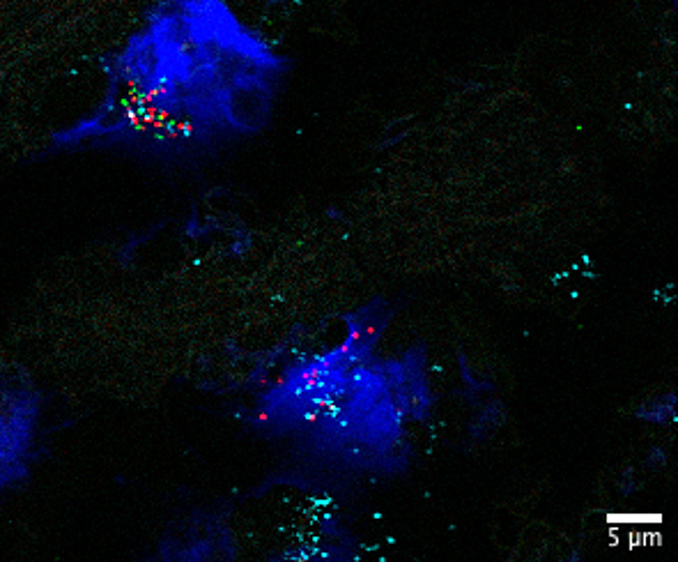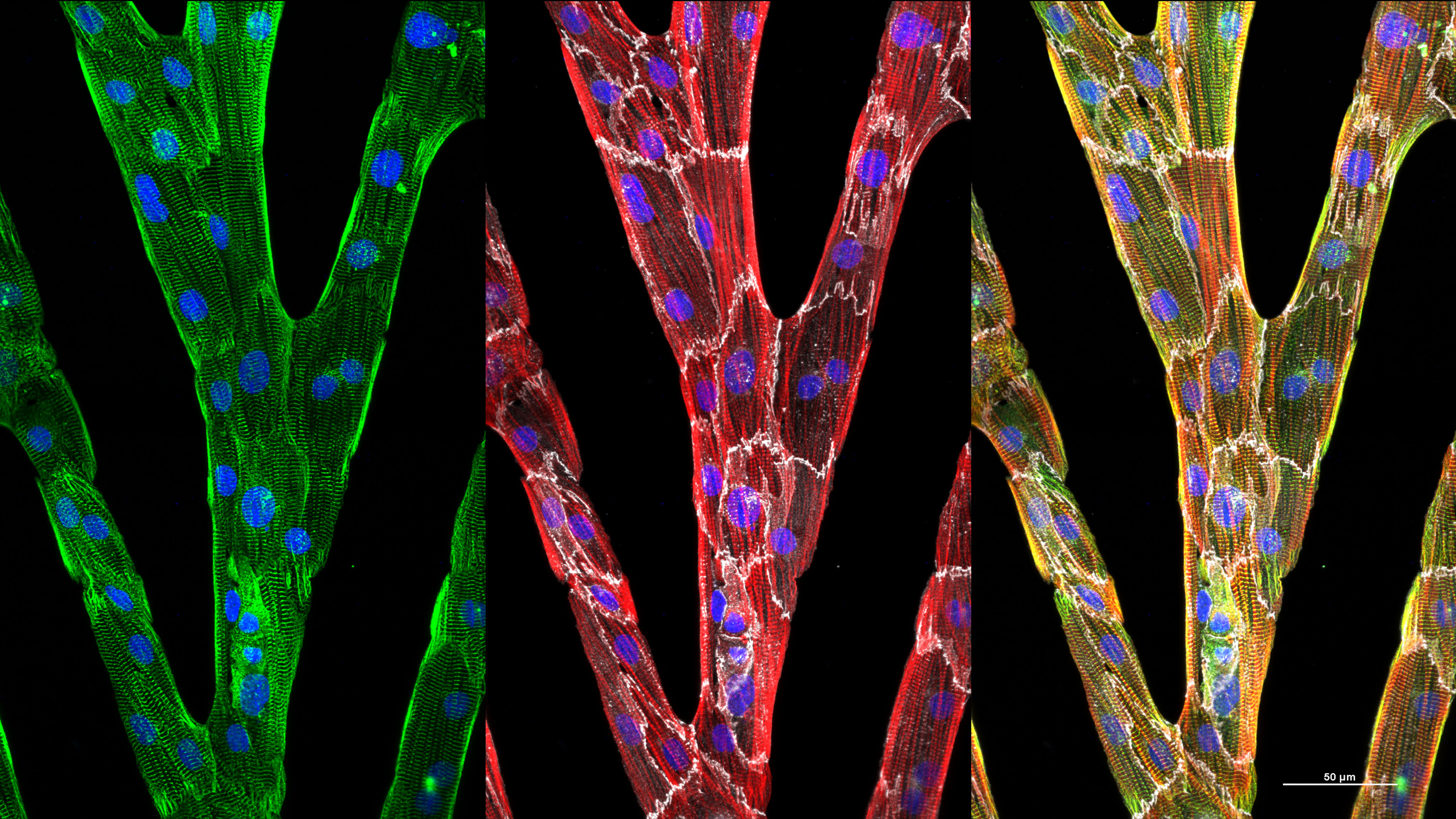Marie Mclaughlin, MSc, from Edinburgh Napier University in Scotland, will present research on human endothelial cells treated with FEC-T, a chemotherapy regimen that combines four drugs (5 fluorouracil, epirubicin, cyclophosphamide and docetaxel). The researchers found that preconditioning the endothelial cells with serum (blood) from people who habitually exercise caused less cell death than samples that were treated with untrained serum (people who exercised less than 75 minutes per week). “Exercise preconditioning can provide protection against these detrimental effects in vitro,” Mclaughlin explained.
Tag: Heart Cells

HIGHLY DETAILED MAP OF THE HUMAN HEART COULD GUIDE PERSONALIZED HEART TREATMENTS
Scientists have created a detailed cellular and molecular map of the healthy human heart to understand how this vital organ functions and to shed light on what goes awry in cardiovascular disease.

Image Analysis Technique Provides Better Understanding of Heart Cell Defects
Many patients with heart disease face limited treatment options. Fortunately, stem cell biology has enabled researchers to produce large numbers of cardiomyocytes, which may be used in advanced drug screens and cell-based therapies. However, current image analysis techniques don’t allow researchers to analyze heterogeneous, multidirectional, striated myofibrils typical of immature cells. In the Journal of Applied Physics, researchers showcase an algorithm that combines gradient methods with fast Fourier transforms to quantify myofibril structures in heart cells with considerable accuracy.